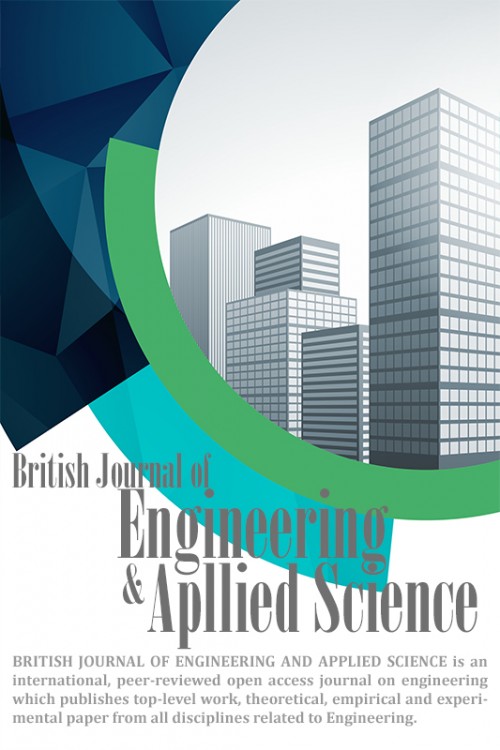
Call For Papers
british journal of engineering and applied science
2024 Volume 10, Issue 1
A Comparison Between Methods of Locating Potential Rainwater Harvesting Sites Using Gis-Based Decision Support System (Dss)
Abstract
Excessive harvest of groundwater resources has caused a dramatic drop in water tables. On the other hand, the amount of rainfall losses in the world, and particularly in our country, is considerable. Therefore, the tendency to optimize the use of uncontrolled runoff and surface water resources rather than overuse of groundwater resources is essential. The present study proposed two different locating methods based on two GIS-based decision support systems (DSS) to help decision makers locate potential rainwater harvesting sites in Salisbury Plain, UK. To this end, we used six factors of rainfall, basin slope, soil depth and texture, waterway network, and land use. The first method directly involves different characteristics of the basin in decision making process, while the second method acts based on the region's capacity in runoff production and socio-economic factors. The results obtained from these methods divided the region in terms of rainwater harvesting potential into weak, moderate, good and very good zones. Comparison shows that the first method was more suitable for Birjand Plain, and in general, rainwater harvesting potential was increased from west to east of the plain.